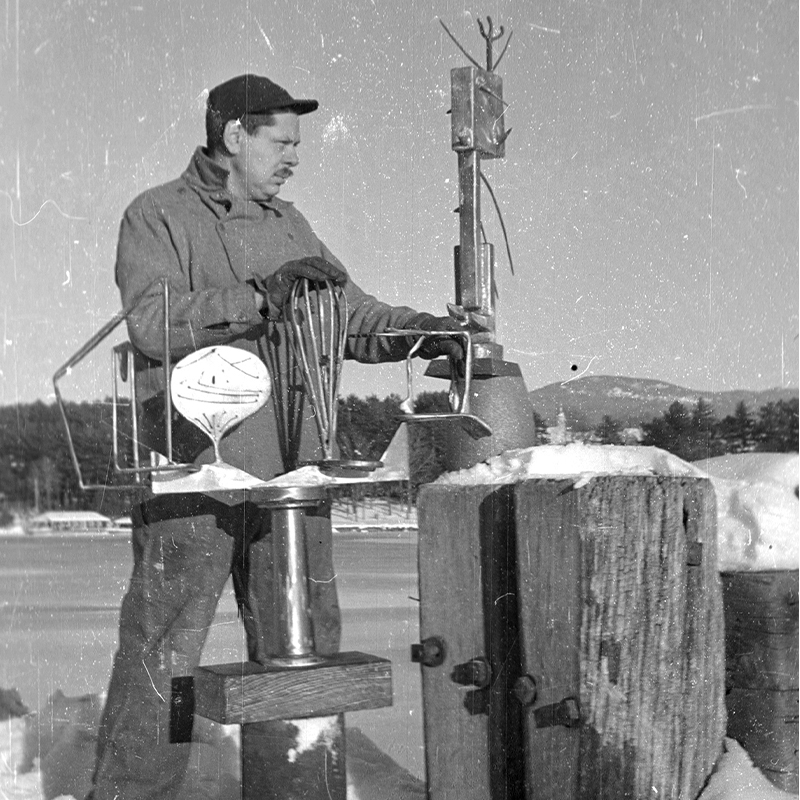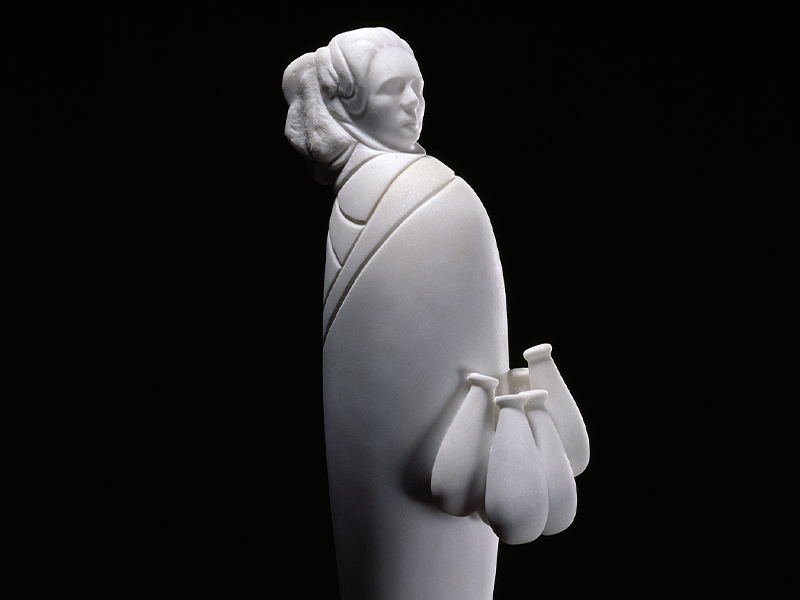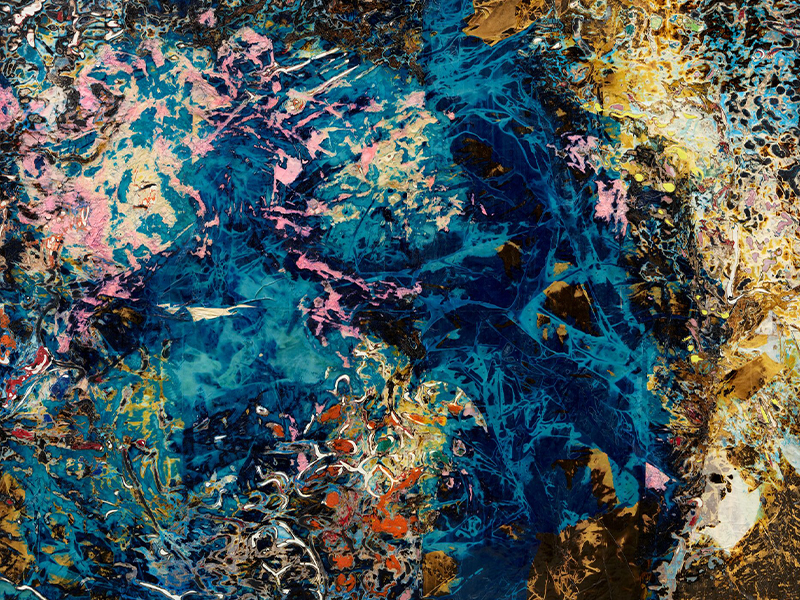1 / 7
David Smith
Aggressive Character
- 1947
- Stainless steel; wood base
- 86.4 x 26.7 x 10.2 cm / 34 x 10 1/2 x 4 in 4.4 x 21.6 x 17.8 cm / 1 3/4 x 8 1/2 x 7 in (base)
An innovative and assertive piece, ‘Aggressive Character’ holds a pivotal position in David Smith’s oeuvre, embodying the recurring visual themes that define the artist’s practice. Having been on loan to the National Gallery of Art in Washington D.C. for thirty-five years, this work marks the first time that stainless steel serves as the primary medium in his sculpture, a material Smith was attracted to due to its interaction with light. Foundational to his practice, ‘Aggressive Character’ builds on his experiments from the 1930s and anticipates the advancements that would unfold over his career, notably his late Cubi series. Further underscoring its significance, the sculpture has been featured in exhibitions at major institutions, including the Whitney Museum of American Art, New York; Hirshhorn Museum and Sculpture Garden, Washington D.C.; and the Solomon R. Guggenheim Museum, New York.
In ‘Aggressive Character,’ the trident-shaped element protruding from its crown recalls the apex of ‘Perfidious Albion’ (1946-1947) and the three-pronged appendages seen on ‘Australia’ (1951)—one of Smith’s most important sculptures, held in the Museum of Modern Art, New York. It also gestures towards the trisected coral top of ‘Construction’ (1932). Furthermore, the box forms of ‘Aggressive Character’ connect the work to a lineage of geometric sculptures that includes ‘Unity of Three Forms’ (1937), ‘Suspended Cube’ (1938), and ultimately Smith’s monumental Cubi series (1961 – 1965).

‘Before letters—consequently words—existed, the artist-sculptor made symbols of objects.’
David Smith

About the artist
David Smith is regarded as one of the most innovative artists and important American sculptors of the 20th century. He transformed sculpture by rejecting the traditional methods of carving and casting in favor of torch-cutting and welding, becoming the first artist known to make welded sculpture in America. These methods allowed him to work in an improvisational manner in creating open and large-scale, abstract sculptures. In his later years, he installed his sculptures in the fields of his home in the Adirondack Mountains, where a dialogue between the art object and nature emerged as central to his practice. His sculpture-filled landscape inspired Storm King Art Center and other sculpture parks throughout the world, as well as anticipating the land and environmental art movements.
Archival images: David Smith with Oculus (1947) and Aggressive Character (1947), Bolton Landing dock, Lake George, NY, c. 1947; David Smith, Aggressive Character (1947) in his workshop, Bolton Landing, NY, c. 1947 © 2024 The Estate of David Smith / Licensed by VAGA at Artists Rights Society (ARS), NY. Photo: David Smith









